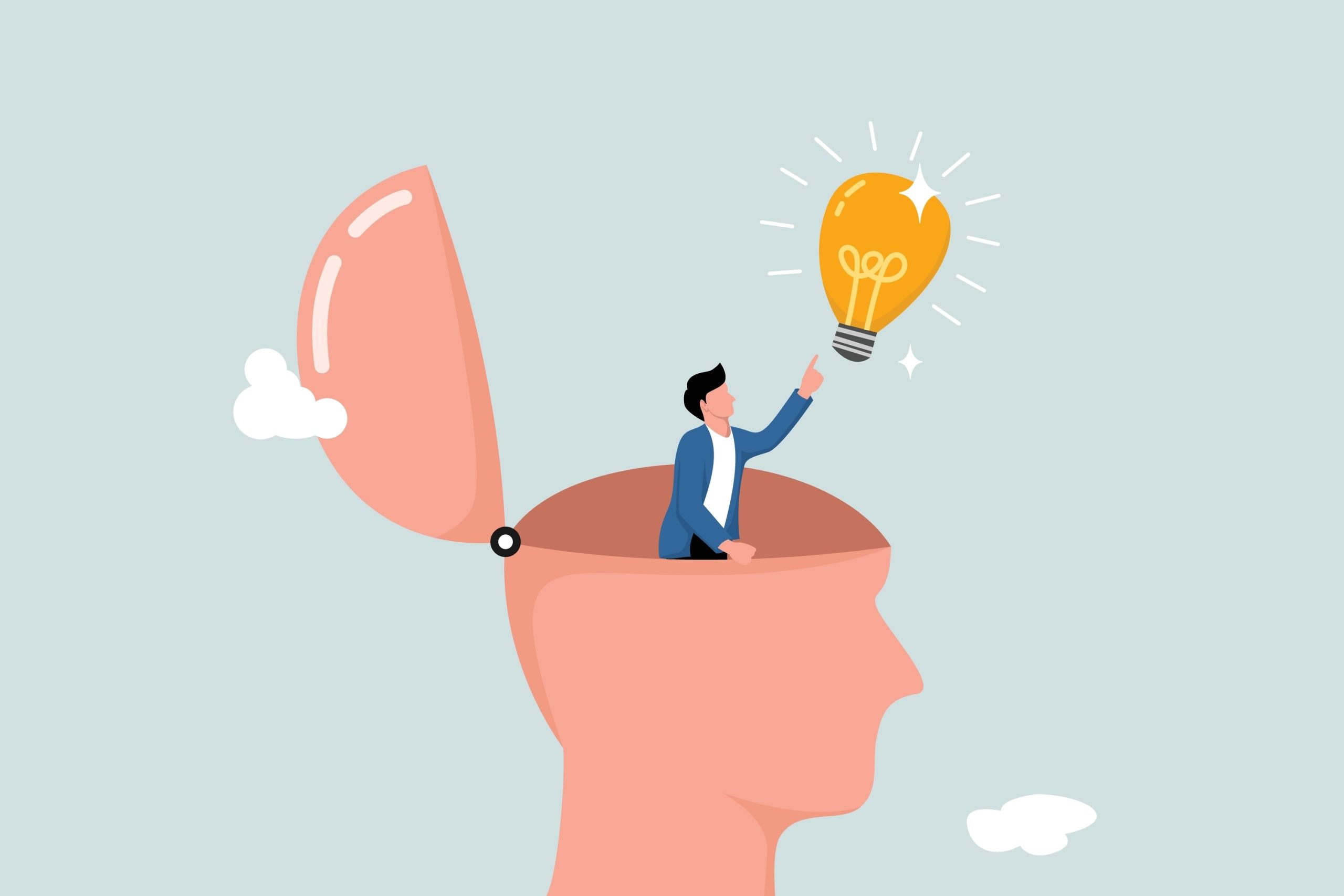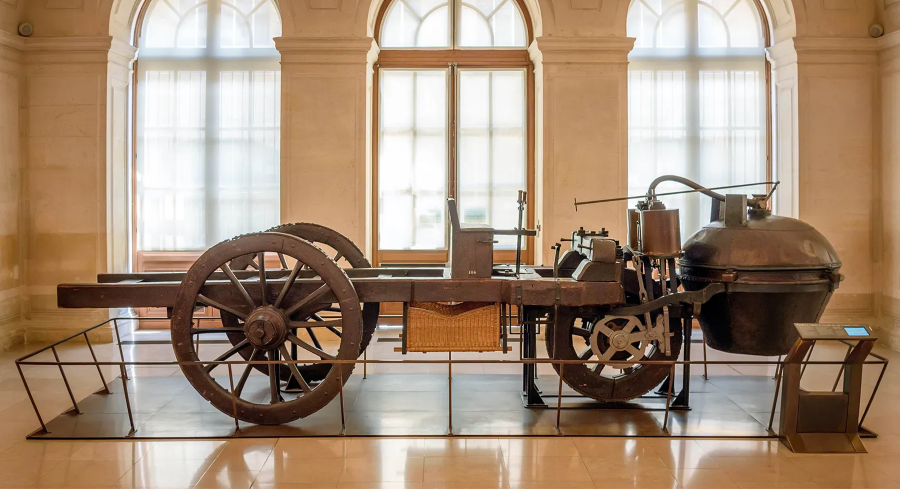Most students look up to their science teacher as a cool individual who can seemingly make an atomic bomb (with nothing more than a simple sodium and water experiment). Being a science teacher today is highly consequential; even if you won’t directly stop global warming, you are the ambassador of science, most responsible for inspiring students to contribute back to their communities when they grow older. Some of these students will become scientists, engineers, or doctors. Teaching is a practical act; it is not merely clouded by a theory. This writing piece aims to share a crucial step that every science teacher should take before entering the classroom: addressing students’ misconceptions about science and applying effective strategies to correct and reshape their thinking.
According to Malaterre in 2023, misconceptions in science refer to holding ideas or beliefs about scientific concepts that contradict the commonly accepted knowledge. This writing will focus specifically on students’ misconceptions about science at an early age. These misconceptions can be defined as the children’s initial idea about various natural phenomena when they are still children (starting from three years old up until the age of 18, according to the United Nations Convention) and how these ideas may change and develop through effective teaching.
For example, students often misunderstand the concept of heat. Imagine that you are a child who is grabbing a metal doorknob. You will feel that it is cold. You might assume that the “cold” from the doorknob is being transferred to your hand. However, you will learn about heat transfer (specifically the zeroth law of thermodynamics) in high school, which explains that heat flows from a warmer object to a colder one until thermal equilibrium is reached. This misunderstanding shows that many students mistakenly believe that “coldness” can be transferred.
The table above illustrates several common science misconceptions among children. Identifying students’ misconceptions in science beforehand is crucial for effective teaching, as it prevents the reinforcement of incorrect ideas and helps teachers tailor their instruction to address these misconceptions.
If misconceptions are not detected early, students may construct new knowledge on incorrect foundations, making it more difficult to correct their understanding later. Several professional societies have developed conceptual tests that help teachers to identify students’ misconceptions. For instance, physics teachers can refer to resources provided by the Institute of Physics to learn about student misconceptions.
After identifying and reviewing the misconceptions, a science teacher can help students confront them. One effective strategy is to use probing questions and open discussions to encourage students to think and share their misconceptions. Students often surprise teachers with the variety of their preconceptions, so it is important to listen carefully to their responses and explanations.
For example, when teaching Newton’s laws, students can be asked to sketch or describe how they think an object moves when it is pushed or thrown. By inviting students to share their drawings and explanations, teachers can uncover these preconceptions and use them as a starting point to introduce scientifically accurate concepts.
Science teachers are responsible for helping students to overcome their misconceptions. To help students build strong knowledge frameworks, use analogies and metaphors. These compare new scientific concepts to familiar experiences, creating meaningful connections. For example, likening electrical circuits to water in pipes helps explain current, voltage, and resistance. Encouraging students to create their own analogies reveals understanding and helps refine their thinking.
Parents without a science background can still correct children’s misconceptions. Encourage curiosity, ask open-ended questions, and use simple hands-on activities to explore. Guide them to rethink through observation and discussion. Use familiar vocabulary and encourage explanation. Creating a safe space for exploration builds confidence and fosters deeper learning.
To conclude, identifying misconceptions and helping students reconstruct their conceptual framework can be a challenging task. It requires time and careful preparation throughout the teaching and learning session. However, this continuous effort is essential for meaningful learning.
Misconceptions, if left uncorrected, can hinder students’ understanding of more advanced concepts, particularly if they choose to pursue STEM-related courses at the university level. Effective science teaching is about delivering information and ensuring that students can integrate and apply it in a meaningful way.
Prepared by:
Muhammad Ukasyah Irfan Bin Mat Rahimi
Universiti Tun Hussein Onn Malaysia





